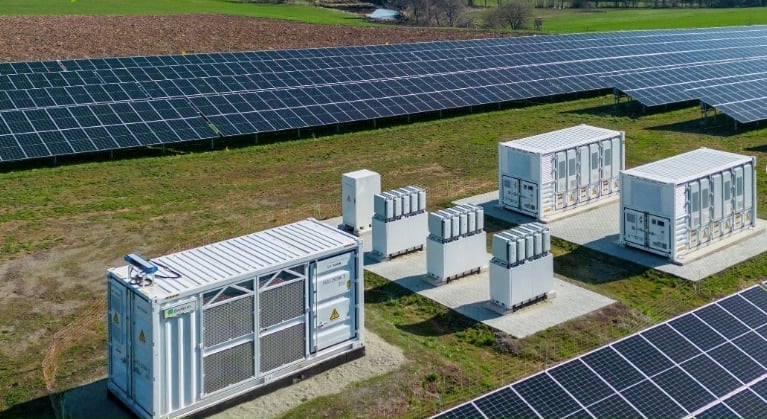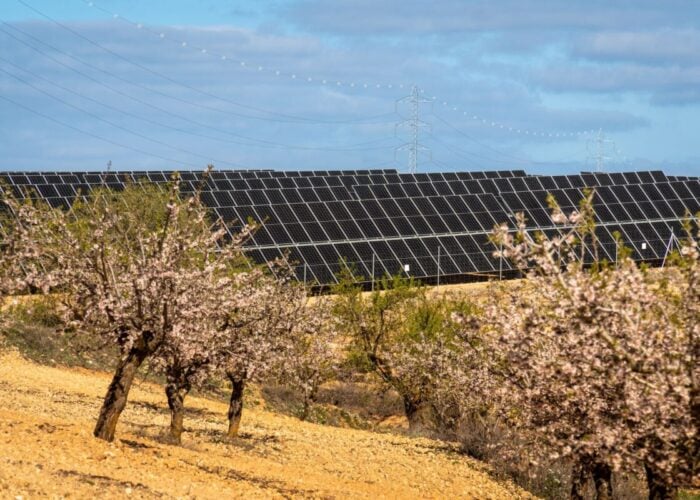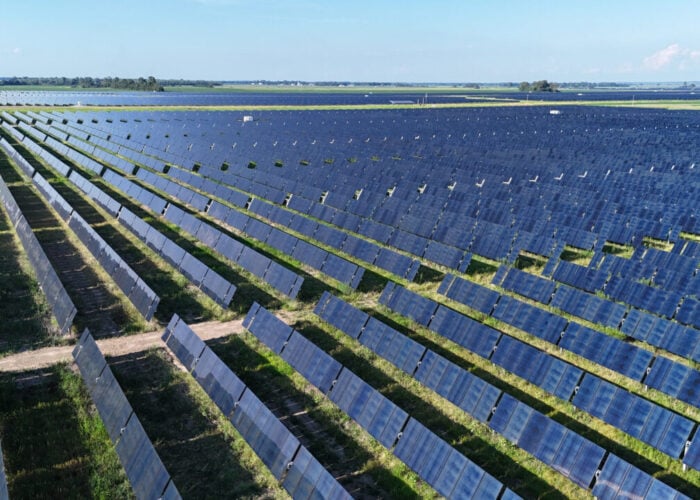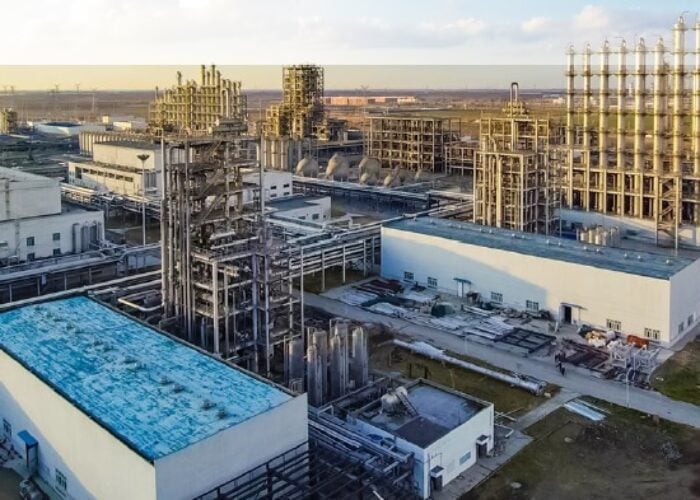
Co-located renewables projects could have a higher financial risk associated with fire incidents compared to a standalone asset, according to a recent report conducted by fire suppression system manufacturer Firetrace International.
In the report Double Indemnity: How to tackle fire risk at co-located renewables projects, the report’s authors said that during a fire incident at a renewable power project co-located with storage, the asset owner may face costs not only for the damage to the affected asset, but also for any damage to the nearby asset if the fire spreads.
Try Premium for just $1
- Full premium access for the first month at only $1
- Converts to an annual rate after 30 days unless cancelled
- Cancel anytime during the trial period
Premium Benefits
- Expert industry analysis and interviews
- Digital access to PV Tech Power journal
- Exclusive event discounts
Or get the full Premium subscription right away
Or continue reading this article for free
Furthermore, even if the fire does not spread to the co-located asset, it may need to be shut down while the fire is being managed. This means the co-located asset could incur costly downtime, even if it is not directly affected by the fire.
The report said a fire incident at a battery energy storage system (BESS) could cost developers, owners or operators up to US$2 million. This amount consists of the loss of an asset and loss of revenue from up to 18 months’ worth of downtime.
Inadequate focus on solar projects’ fire risk
Firetrace said there is a greater focus on BESS fire risk compared to solar projects, although the number of co-located projects is on the rise. Firetrace cited data from the US Energy Information Administration (EIA), which shows that co-located solar and BESS will constitute 81% of new power generation capacity in the US this year, representing an additional 36.4GW of solar capacity and 14.2GW of BESS.
Firetrace said that conducting fire assessments for solar and wind projects isnot currently a legal obligation, while asset owners are obliged to consider BESS fire risk.
“In instances where BESS are being added to existing solar or wind projects, the focus is often on the fire risk associated with the new battery assets. There may be less inclination to take a holistic view of the entire site,” the company said.
Additionally, retrofitting fire suppression systems into existing renewables projects is more costly than including them in the original design. Some US states adopt the International Fire Code for BESS, while other adhere to the National Fire Protection Association code. The differences could add more complexity to project owners when designing their renewables projects.
Lastly, Firetrace suggested that solar project owners need to ensure solar systems are regularly tested by independent third parties, incorporate additional safety components, create standardised quality assurance measures and ensure defective or prematurely aged components are promptly replaced.






